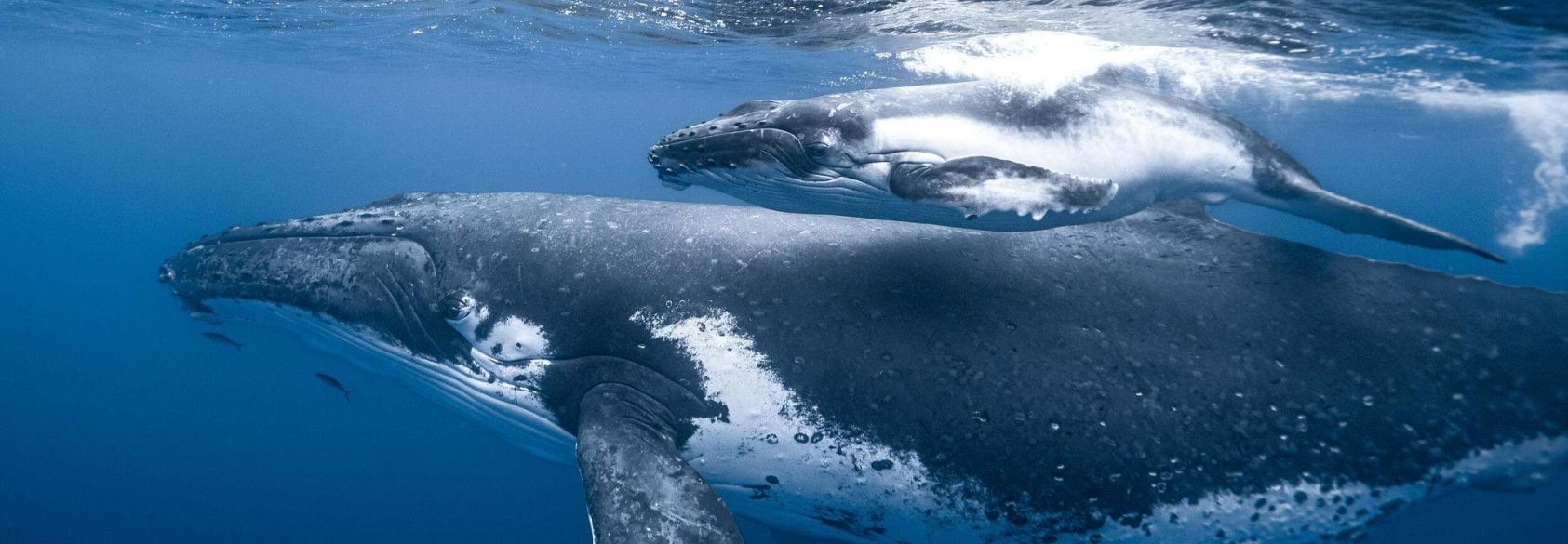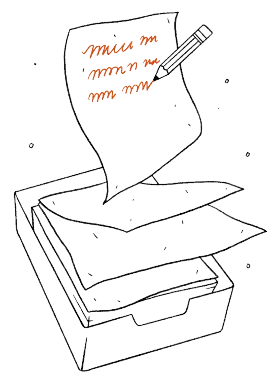School Is Out, but Climate Change Lessons Are In
Ximena Marquez, The Nature Conservancy’s associate director for education, shares resources to help young people learn about climate change—its causes, impacts and solutions—and be inspired by communities that are taking action across the globe.












